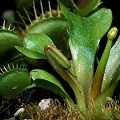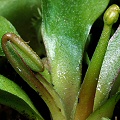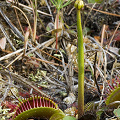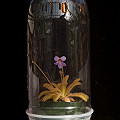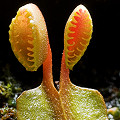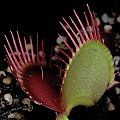
Sarracenia minor
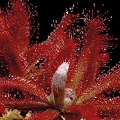
Drosera graomogolensis
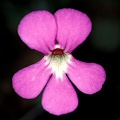
Pinguicula ehlersiae
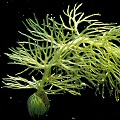
Utricularia intermediaYou must educate yourself if you want to grow carnivorous plants successfully. No amount of love or general horticultural experience will compensate for a lack of knowledge. How do you gain this precious information, normally only disclosed to the inner circle? You could read this FAQ. You could buy my book or any of the other good carnivorous plant books on the market. You could get help from another carnivorous plant grower. You could also subscribe to thecarnivorous plant mailing list or join the ICPS forum and read those for a while. If you do none of these things and simply grow your carnivorous plants like conventional, beloved house plants, your hungry botanical gems will die, I promise you.
Do not listen to the advice from people at the nursery where you bought your plant. They are usually as in the dark about these plants as you are. If you are compelled to listen to their blatherings, ask them the following key question to test their knowledge:
"Can I use coco peat in my soil mixes?"
An expert carnivorous plant grower will have an opinion either one way or the other on this question, or will tell you why it is a tricky question (having to do with sea salts). It doesn't matter which way they answer, but what does matter is that they should have a well thought out and lengthy reply for you. If your so-called expert just shrugs or gives you that deer-in-the-headlights look, smile pleasantly but don't pay attention to their other advice.
Only by using reliable sources of information will you be able to make wise cultivation decisions. Let me be firm on this---you must have good information. Otherwise, you will will select the wrong soil, water, light, humidity, temperature, and fertilizers.
Incidentally, I encourage you not to email me for help unless you have read this FAQ and can't find the answer to your question here. The FAQ has a whole lot of information in it---I'm guessing I already answered your information here somewhere. You probably don't have to wait for my sluggish and poorly worded response when this beautiful FAQ is simply awaiting your explorations.
In addition to Venus flytraps, there are hundreds of other carnivorous plant species. It should be no surprise that the different plants have different cultivation requirements (none of which are too easily satisfied). So while you will find plenty of general information about carnivorous plants throughout the FAQ, information specific to each plant genera is stored in the FAQ section that describes each genus.
But for the beginner, you should absolutely make sure you read the next several pages---everything in the beginner's section---so you have an overview of the basics.
One final comment... Consider all my cultivation information merely a set of suggestions---if the hints fail for you then try something different. Experiment!
